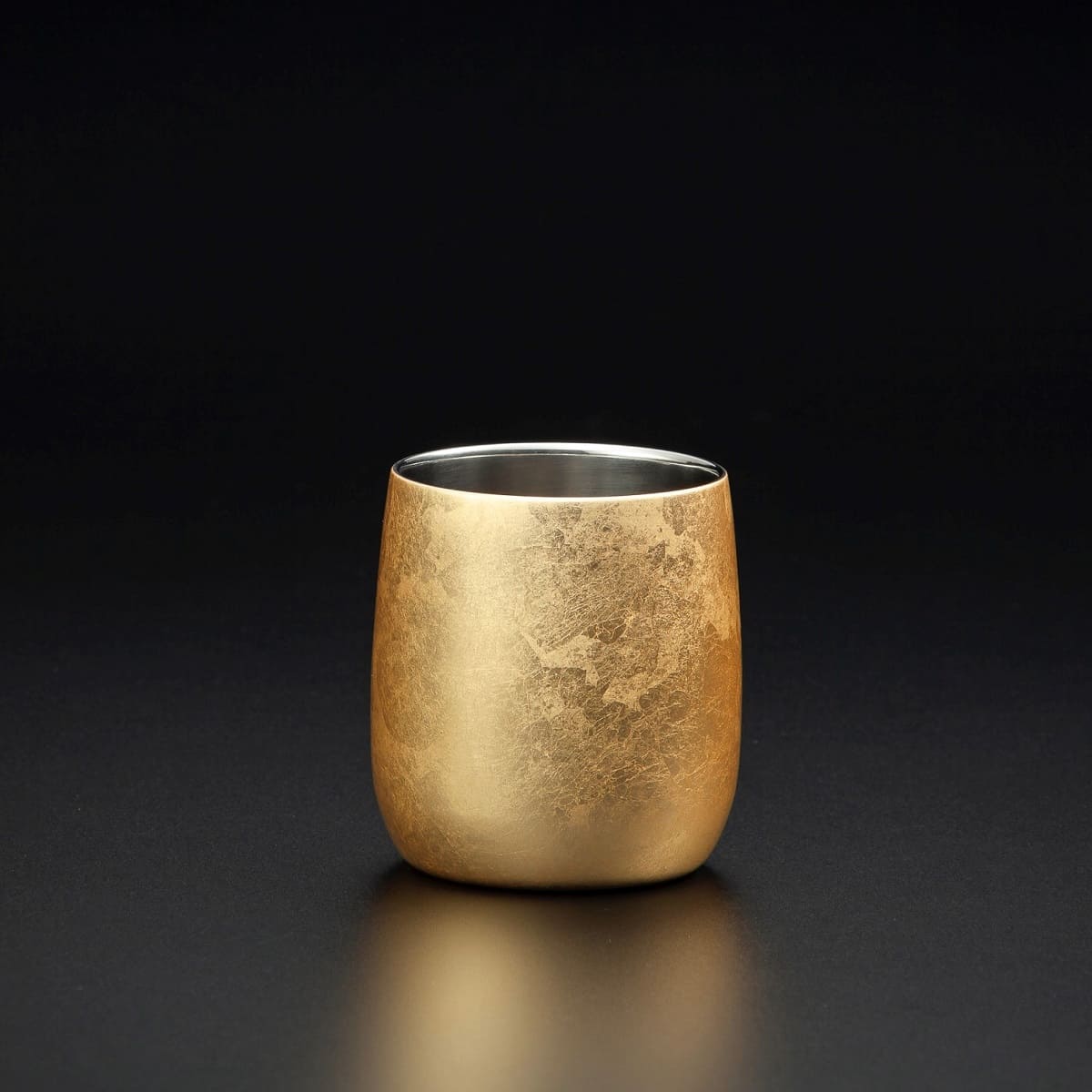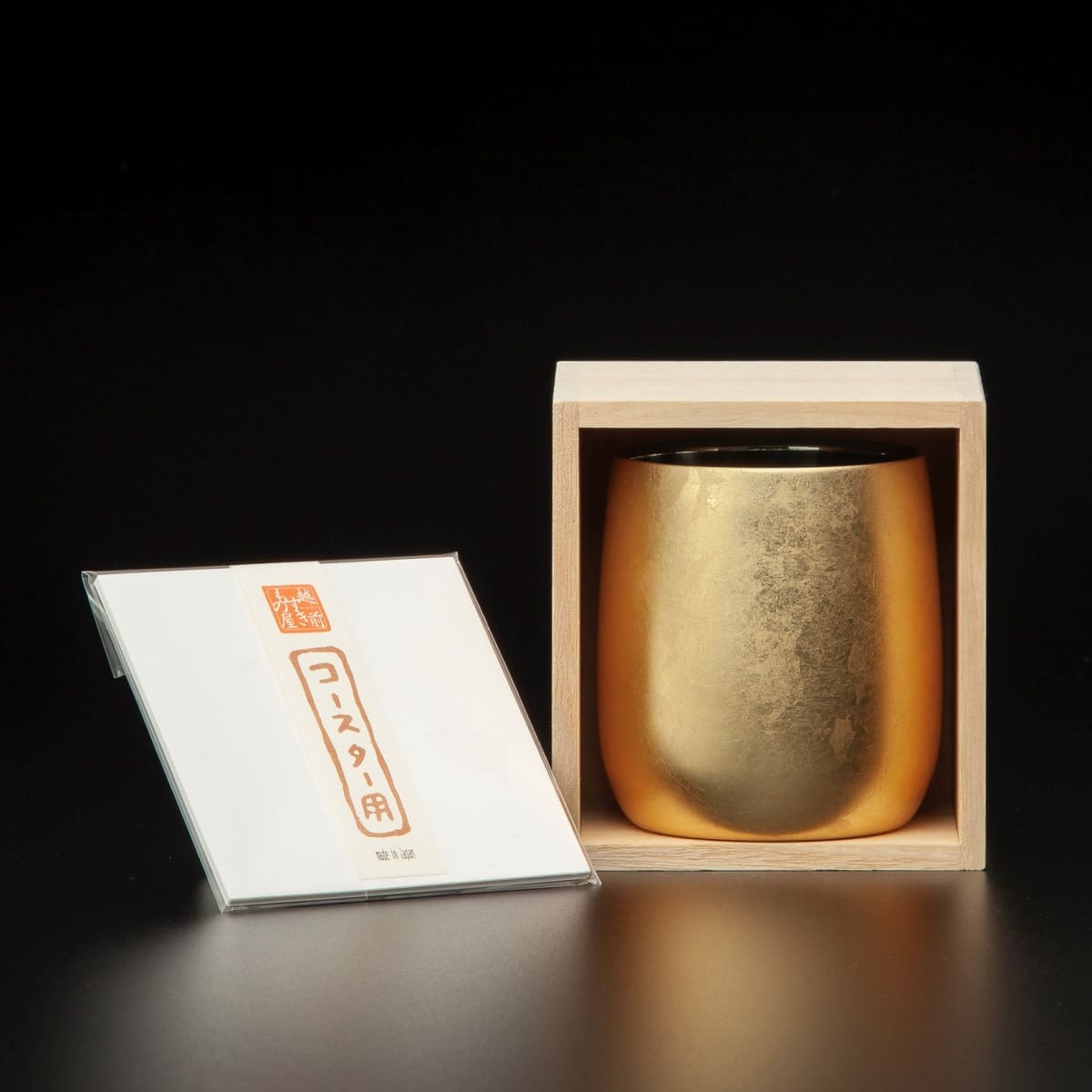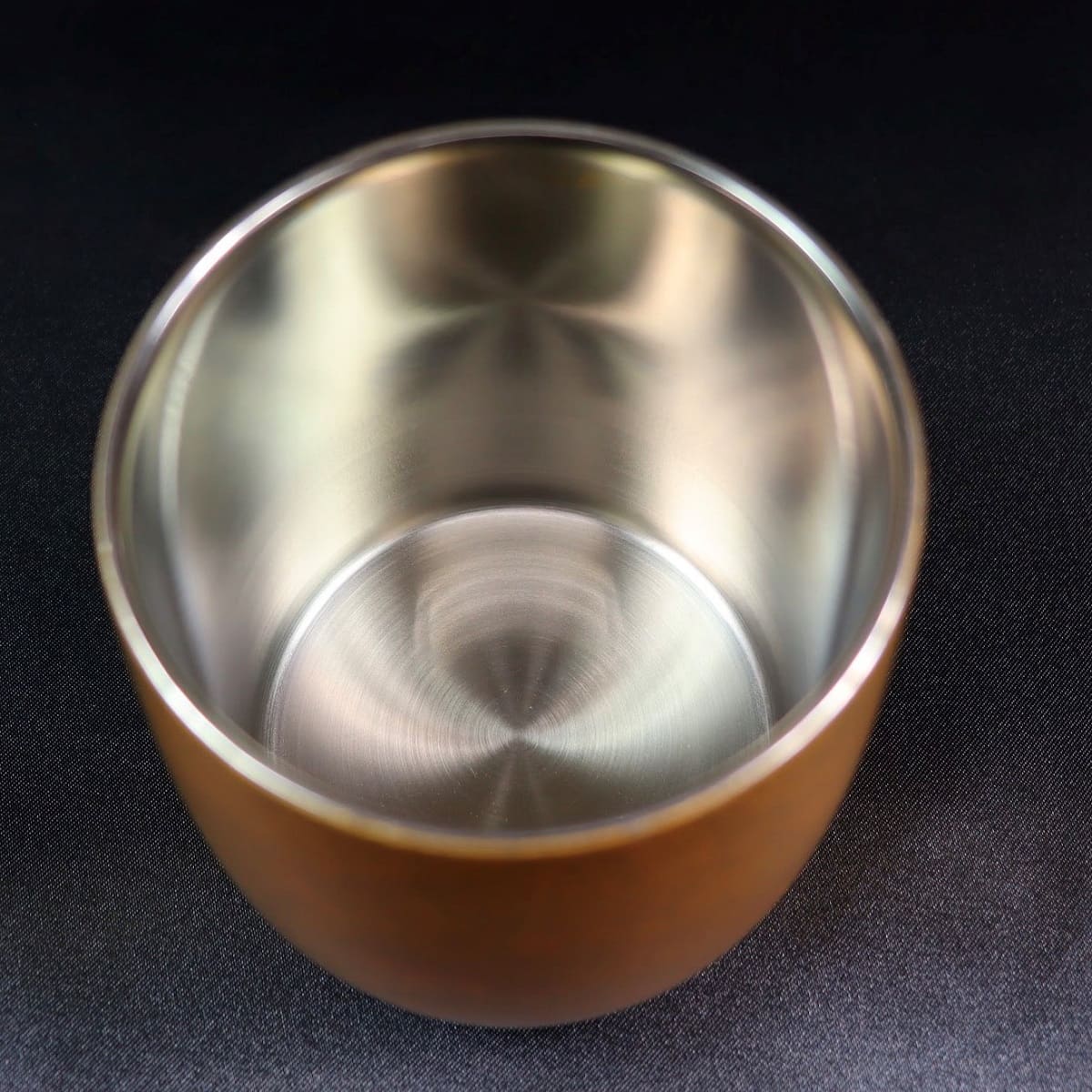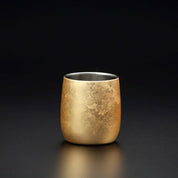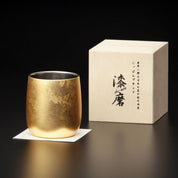Double Wall Daruma Rocks Glass - Gold
Delight in the sumptuous and luxurious shine of shimmering gold leaf in this gem of a glass
By combining traditional Japanese techniques, this glass combines excellent functionality and the beauty of a work of art. Featuring lacquering and gold leaf plating techniques from Ishikawa Prefecture and metal polishing know-how cultivated in Tsubamesanjo, Niigata Prefecture, this glass is the culmination of highly specialized techniques practiced by various craftsmen. Whether you want to enjoy a quiet and luxurious moment or entertain special guests, this glass will adorn your table for a setting that's a notch above the rest.
Since ancient times, gold has also been cherished as an auspicious symbol of “eternity,” “immortality,” and “longevity,” making this gorgeous gold leaf glass a perfect gift for a loved one.
- Size: ⌀7.4 x 8.5 cm
- Capacity: 250 ml
- Color: Gold
- Material: Stainless Steel
- Paint: Natural Lacquer
- Accessory: Washi coaster
- Made in Japan
Factory: Uchiki (Ishikawa Prefecture)
* Not suitable for microwave, dishwasher and dryer
* Wash gently by hand
* Don't soak it
* Store it away from direct sunlight
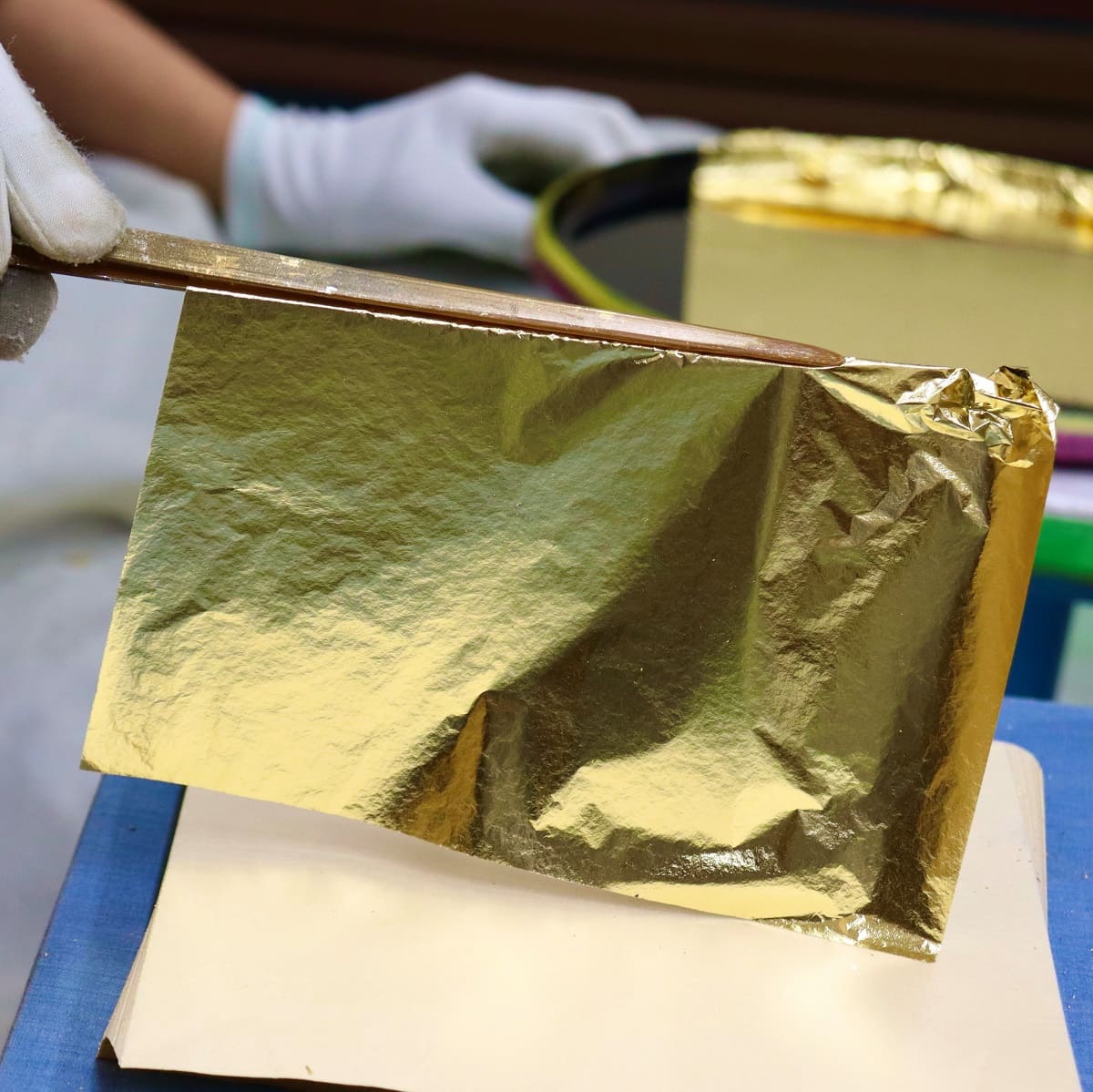
“Kanazawa gold leaf”: a traditional craft handed down from generation to generation in Kanazawa City, Ishikawa Prefecture
Gold is hammered down and stretched to a thinness of 1/10,0000 of a millimeter to form sheets of foil, which are then affixed together by a craftsman.
In order to stretch the foil to such an extreme thinness, several factors are required such as superior craftsmanship, prep work that makes or breaks gold leaf production, and a suitable climate. All these were made possible by techniques that have been handed down for over 400 years in Kanazawa.
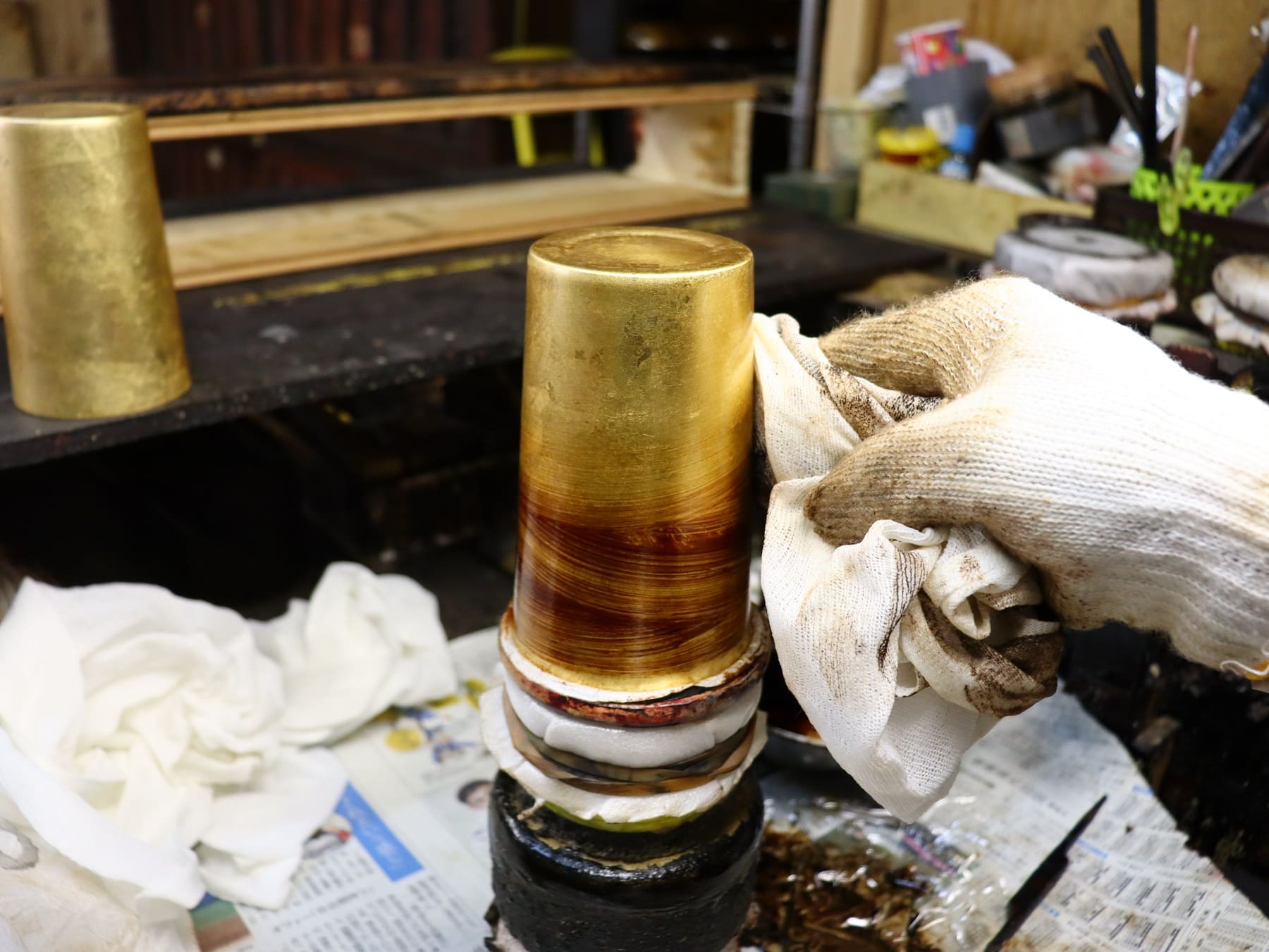
Yamanaka lacquerware: lacquering techniques from Ishikawa Prefecture
Traditional lacquering techniques are applied to maximize the gold leaf's refinement for a luxurious finish.
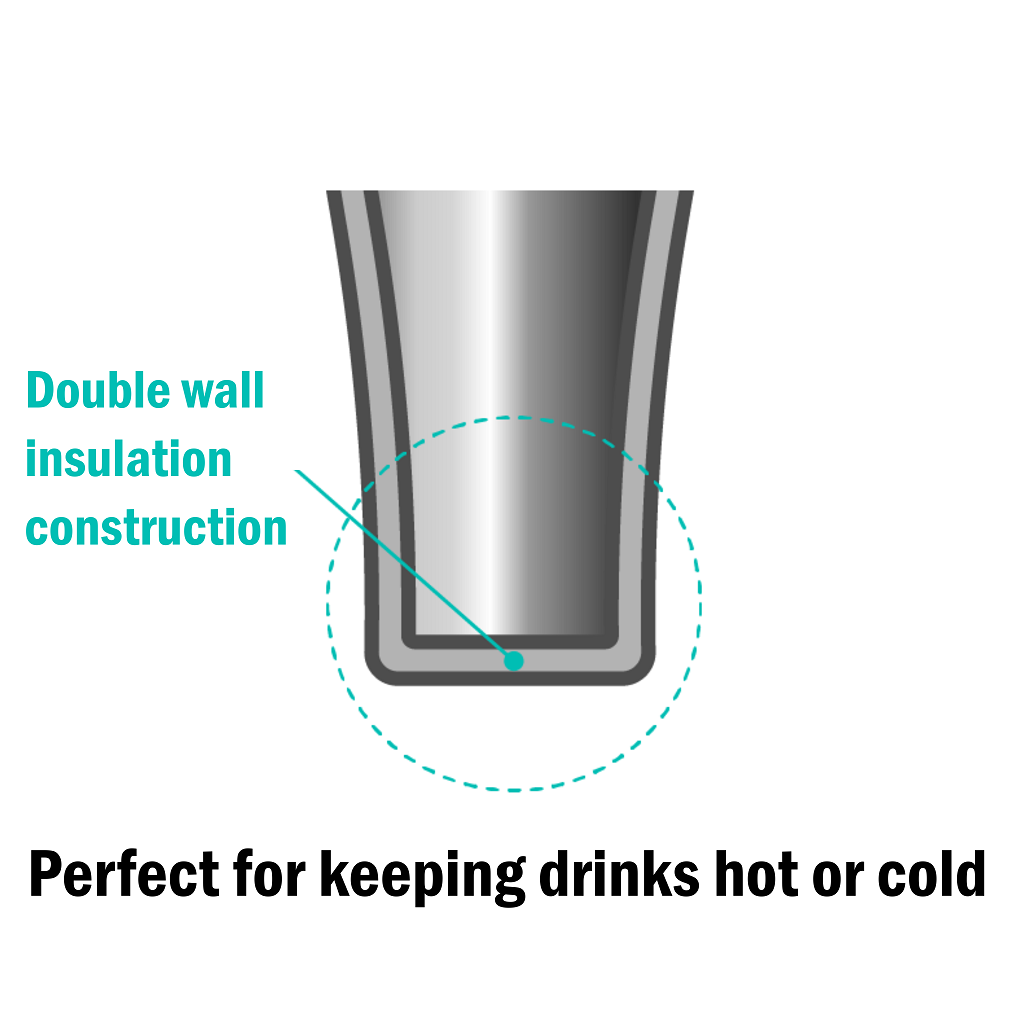
Polishing techniques from Tsubamesanjo, Niigata Prefecture
Tsubamesanjo is an area in Niigata known for its advanced and diverse metal processing techniques, its roots tracing back to the manufacture of Japanese nails during the Edo Period. The double wall structure prevents moisture from forming, and it provides superior cold retention properties. While utilizing the functionality of stainless steel, the outer surface is finished with lacquer, resulting in a mellow texture and a softer mouth-feel.

